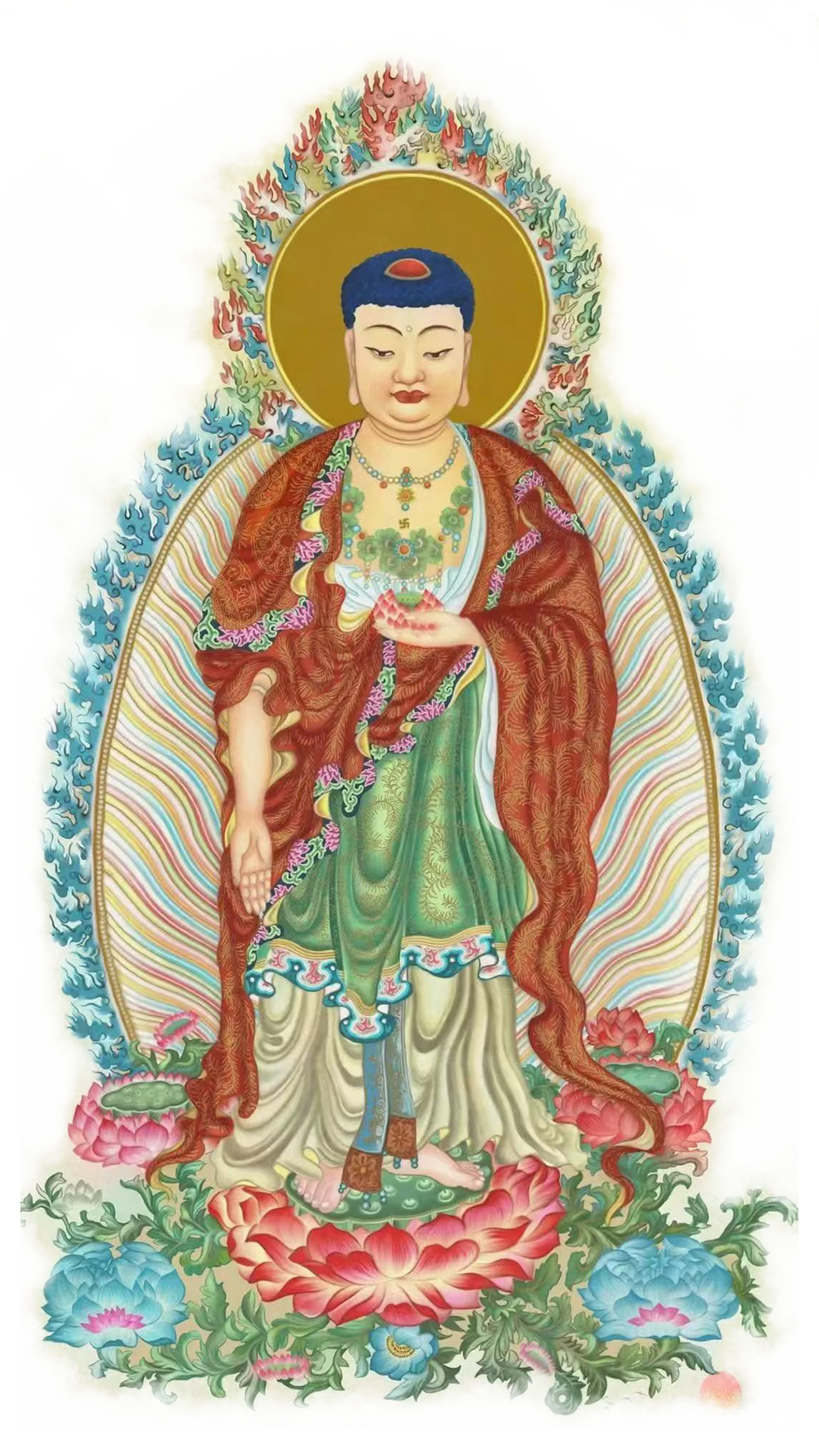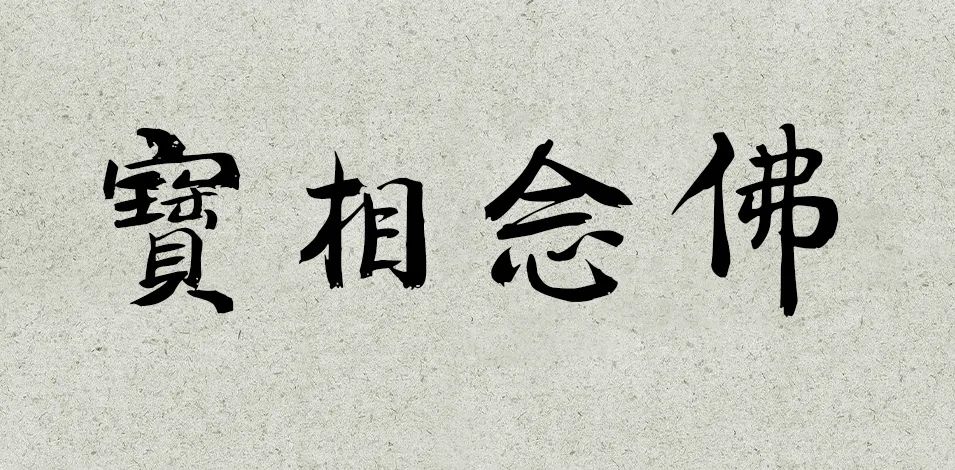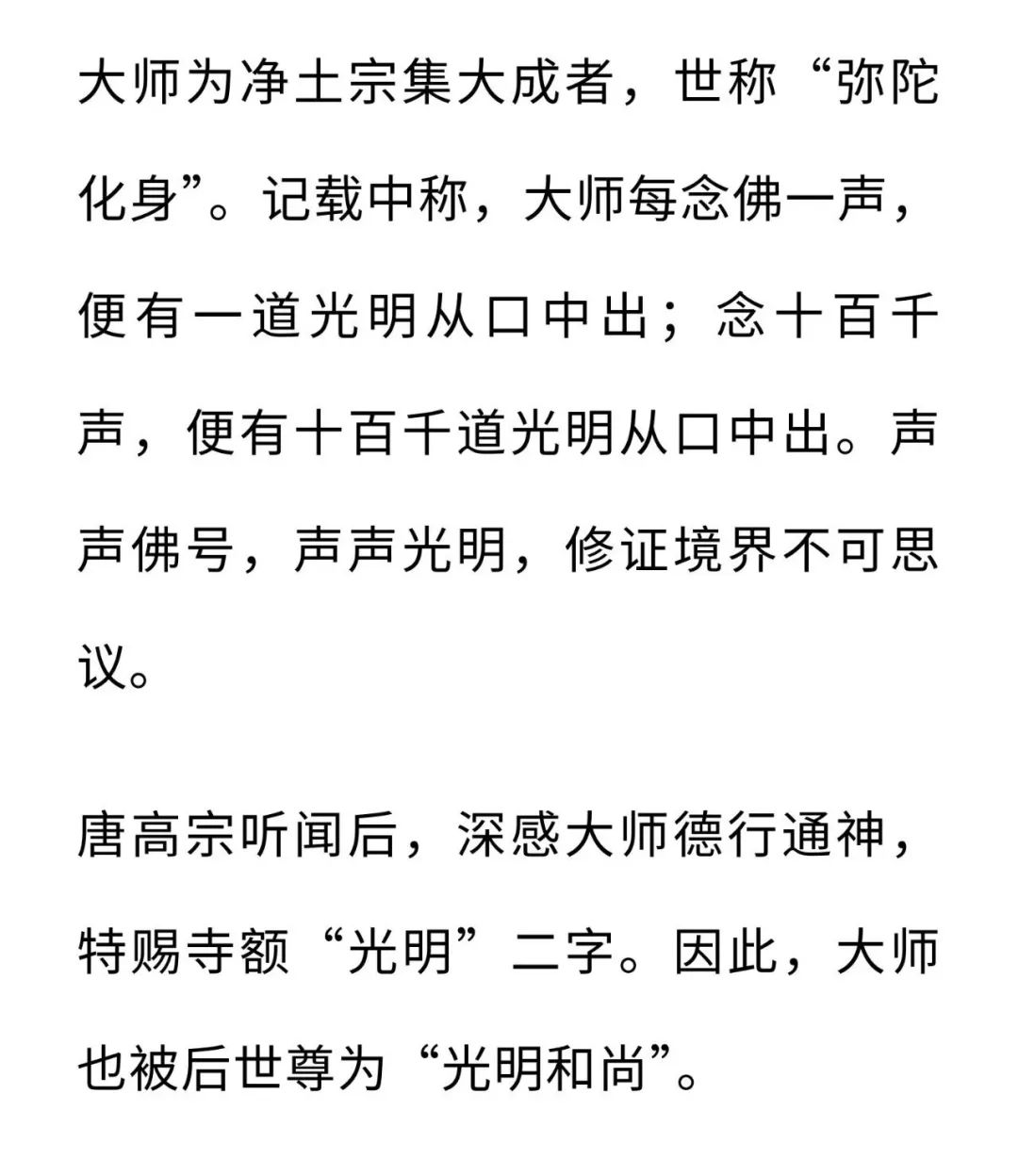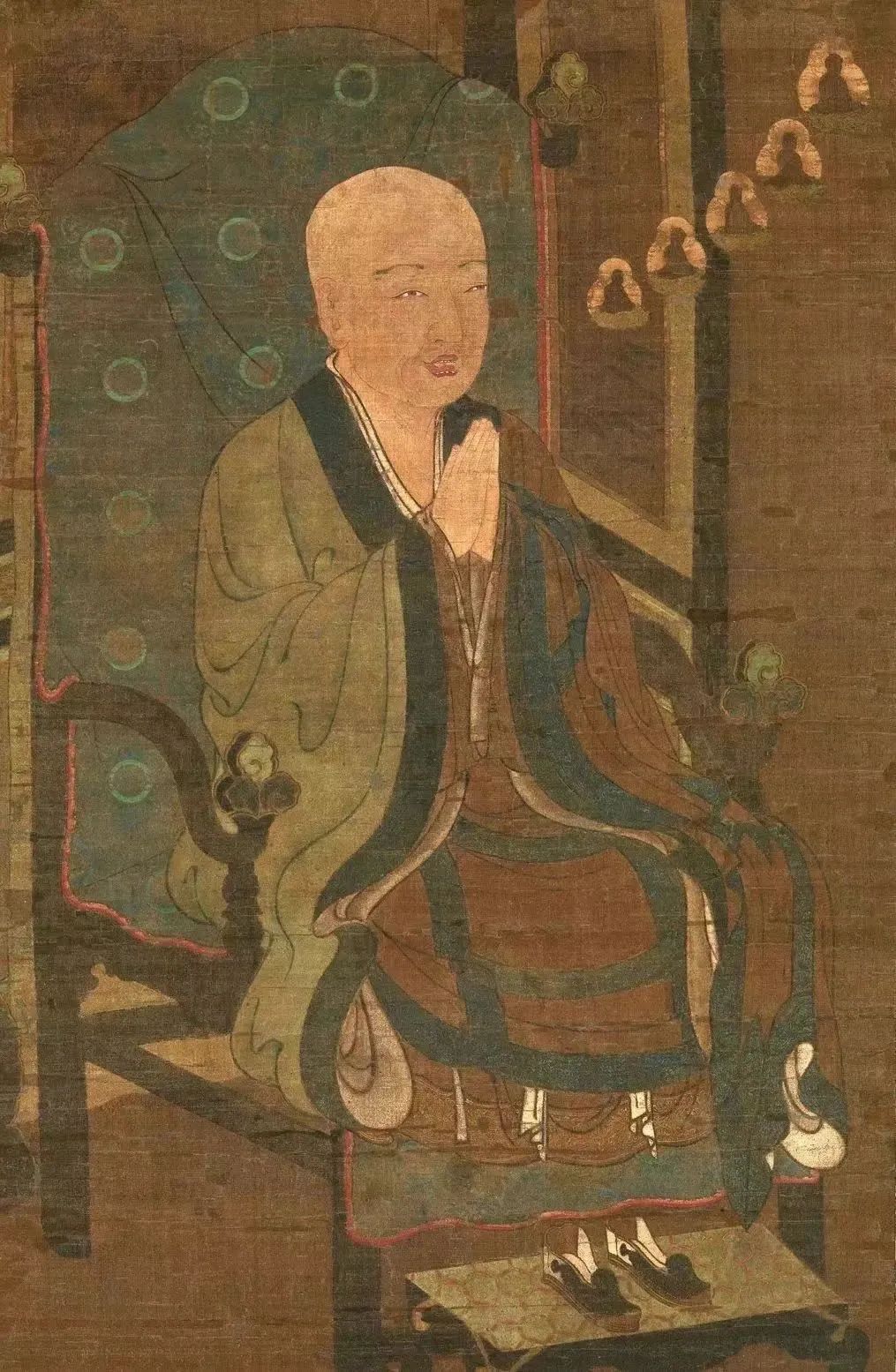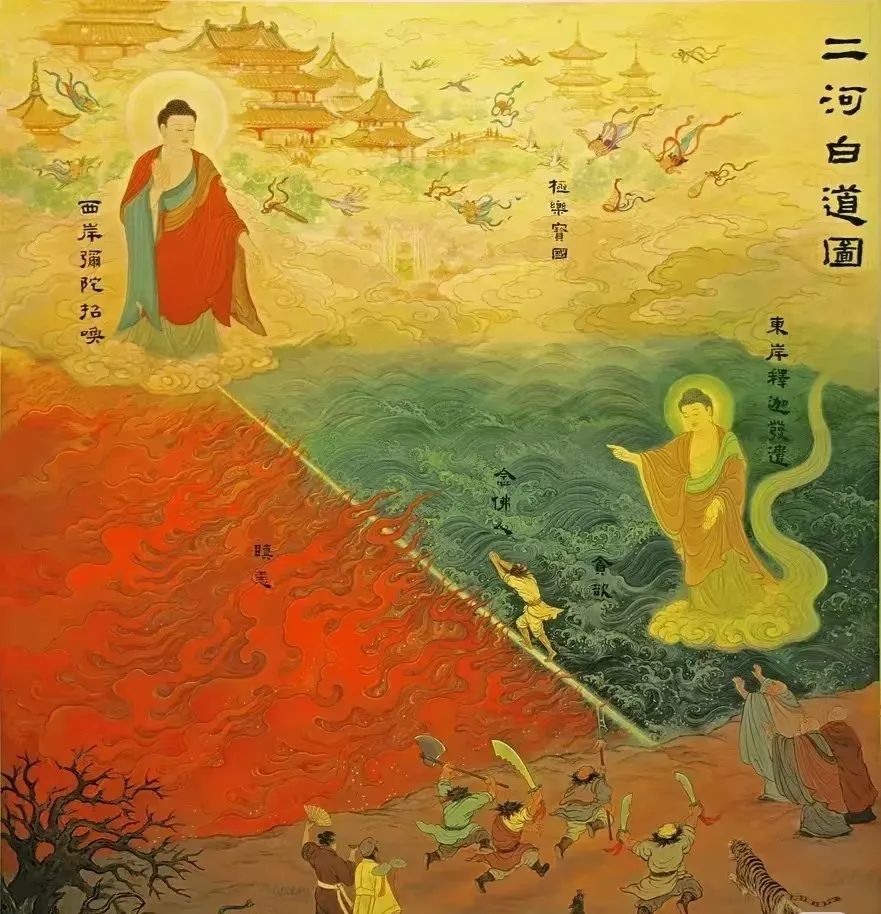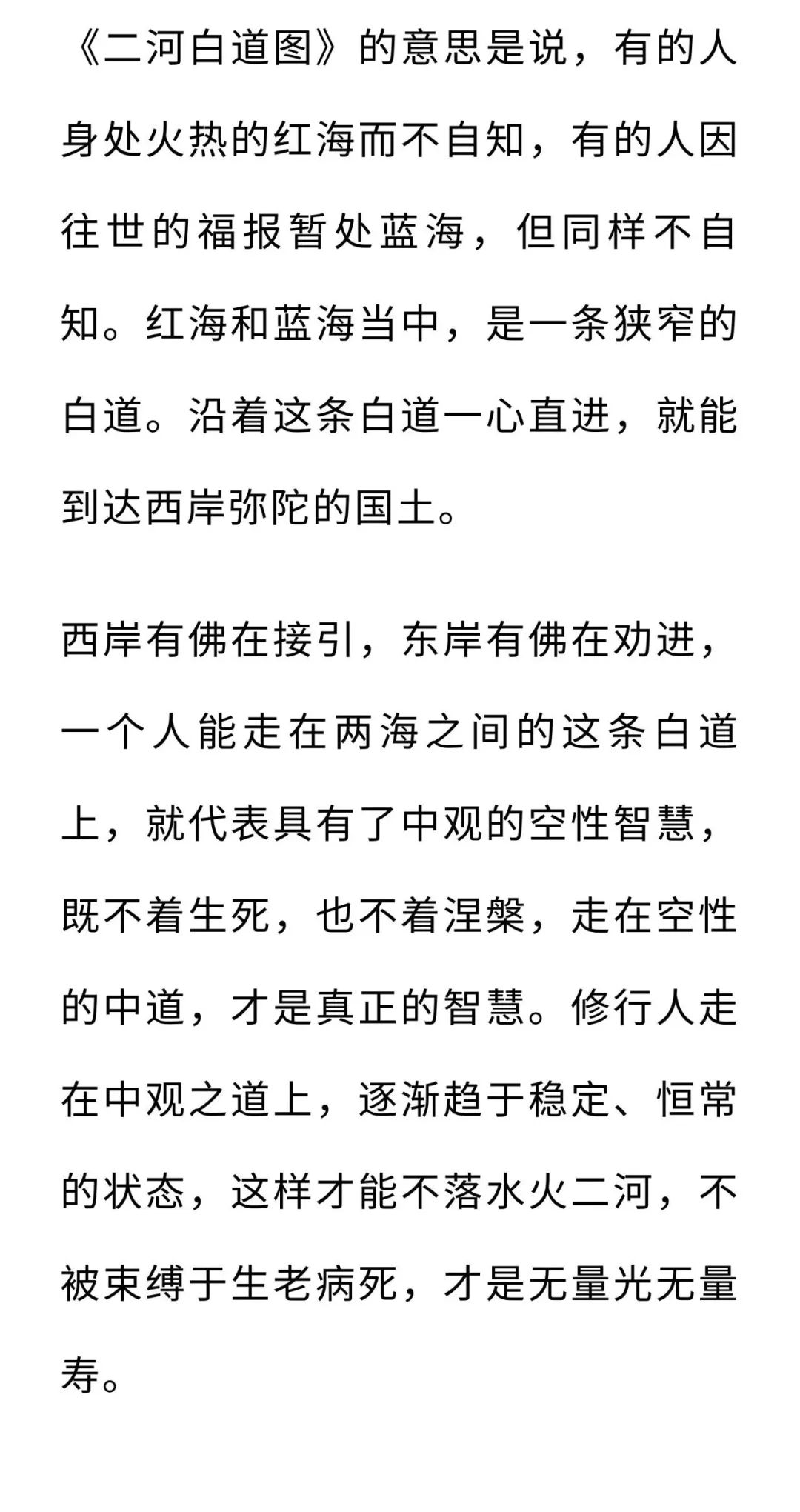息心 | 悟公上人开示汇集
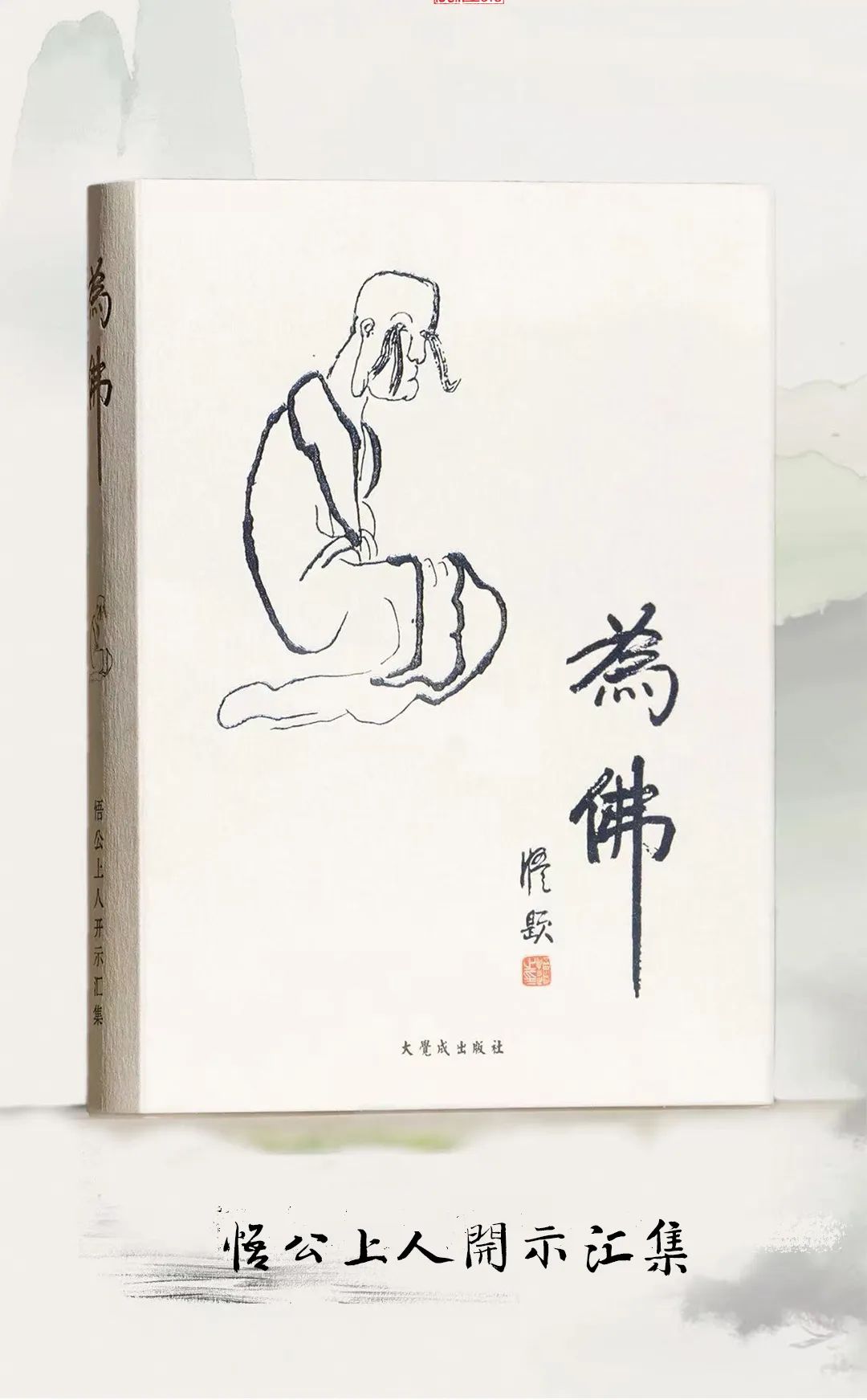
点击同步收听音频
第五章念佛
息心
阿弥陀佛又化了永明智觉延寿禅师,来劝导我们念佛。一百卷《宗镜录》里,这四句是他自己亲口说出来的:
思思徒自思,思思徒自苦,
息思即是道,有思终不睹。
所以我们用功啊,一定要息心念佛。
一念清净心,便是法王印。心若不清净,道业不成就。不管修哪样行门,要修到心地清净,方与佛法相应。
那么各位自己心里想想:我们念佛的时候,还有什么思想?旁边还有什么念头走出来?还有什么放不下?还有什么看不破?还有什么地方有尴尬的事情?
所以念佛要念到心清净,一念清净一念佛,念念清净念念佛。
这样方能够一人修行,一人生西方,生到西方永不退转阿耨多罗三藐三菩提。只需一生,就可以成办这个道业,可以见佛了生死。如此,再回来娑婆,方能善巧方便,教化众生。

Buddha Amitabha also manifested as Chan Master Yong-Ming Yan-Shou to exhort us, ‘To conceptualize over and over again is but futile conceptualization on one’s own, and brings suffering to oneself as a result; the Dao is seen when one ceases to conceptualize, for it can never be seen as long as there is conceptualization.’ We must rest our minds when we practise mindfulness of the Buddha. The mind is not pure and unadulterated when it is not in repose. A moment of pure and unadulterated mind is as such, the mark of a Dharma-King. Regardless of the Dharma-gate of practice in which one is engaged, one will not be able to be accomplished in one’s practice of the Dao if one’s mind is not pure and unadulterated. One has to practise until one’s mental ground is pure and unadulterated; it is only then that one can have corresponding resonance with the Dharma. Let each and every one of us recall: what other thoughts did we have when we were practising mindfulness of the Buddha? What were the other ideas that had sprung up? What else was there to which we were still attached? Was there anything about which we felt awkward?
Mindfulness of the Buddha has to be practised until the mind is pure and unadulterated. A moment of unadulterated mental purity amounts to a moment of mindfulness of the Buddha; successive moments of unadulterated mental purity amount to continued mindfulness of the Buddha. It is only then that ‘one who practises can seek rebirth in the Western Pureland’ where one is forever non-retrogressive. One will be able to attain perfect enlightenment, be accomplished in the practice of the Dao within that rebirth, and meet the Buddha to bring Samsara (the cycle of rebirth) to an end, such that one can then return to the mundane world to teach and transform sentient beings through the use of expedient means.

附录
注解:阿弥陀佛的两大化身

我们天台宗有二十五方便,这非常要紧,要调治好。
我们修行人,不管修那一种行,都要看这个心是不是“惺惺”。假如有一点昏迷,道业都不精,有一点散乱,功夫都不得力。
普陀山磐陀石上,有四个字:一个是“惺惺”,一个是“寂寂”。
惺惺乱想非,寂寂无记非,
修行的关键就在这个地方。
一个是昏迷,一个是妄想,这两种是修行人最大的毛病。
毛病不除掉,道业不成就,自己也不能得到轻安,这样子啦!一定要清净心,那么佛给你印可:难得难得,就是这样子!
今天如是念,明天也要如是念。像走路一样,路要认清楚。这是最要紧、最要紧的!
所以祖师讲,佛说过无量法门,念佛法门就是最稳最稳,不费工夫不费钱,只要心里念头坚。心不坚起来,就会被妄念所转,昏迷所盖。
所以念佛的主要目的,就是要我们每一个人自己心里面静下来、静下来,不在多,也不在少。
In the Tiantai tradition of ours, there are twenty-five expedient ways of practice which are of great importance and we need to coordinate well. Regardless of the method of practice in which a practitioner engages, it all depends on whether one can be sharp and alert. One’s practice of the Dao will not be accomplished should there be any befuddled and clouded thinking. So will any effort be in vain should one be distracted and confused. Hence the four characters on the Pantuo Rock at Mount Putuo: 惺惺 (‘xing xing’ meaning ‘being sharp and alert’) and 寂寂 (‘ji ji’ meaning ‘being in an imperturbable quietude’).
One has to be sharp and alert, as well as being unperturbed in quietude; for it will be in vain if one is sharp and alert and yet be distracted and confused. One has to be unperturbed in quietude, as well as being sharp and alert; for it will be in vain if one is unperturbed in quietude and yet be oblivious to everything. Befuddled and clouded thinking on the one hand, and delusion on the other, are the greatest faults one can have during practice. If these faults are not removed, one cannot be accomplished on the practice of the Dao, and one will not be able to attain tranquillity. Therefore, you need to make your mind pure and unadulterated, so that the Buddha will then be able to give you his approbation, ‘Exceptional! Exceptional!’ We have to be this mindful today, and also mindful likewise tomorrow. It is like walking, we have to be clear-minded.

像天台宗止观,(修安般法)数进不数出,我也学过一段时间,要想随它自然,也不容易。
惺惺寂寂,寂寂惺惺,
这四个字是修行的基础、下手的关头。
观世音菩萨在普陀入定,就是用这四个字。所以“此方真教体,清净在音闻,欲入三摩地,当以闻中入”。那么我们,“若有见闻者,悉发菩提心”!
菩提心就是佛道,佛道就是广大心。
所以心量是最大,世界一切一切都没有超出心。心生法生,心灭法灭。
唐朝庞蕴居士讲过两句法,《法藏三经》里也有录入:
世人爱真金,我爱刹那静;
金多乱人心,静见真如性。
这几句非常对应佛法讲的所缘境,我们释迦牟尼佛也是这样说:若人静坐一须臾,胜造恒沙七宝塔,宝塔毕竟化为尘,一念净心成正觉。这是从所缘境来讲的。
思思徒自思,思思徒自苦,
息思即是道,有思终不睹。
所以要息思啦,思想息下来,方能够见道。你要有这个思想,就一辈子看不到佛了。所以这个思想打不得。
禅宗里也这么讲,“卧轮有伎俩,能断百思想”。有思想就不会进步的,我们念佛就是要断这个思想。
思想两个字讲讲深一点,叫无明。无明就是无所明了,莫名其妙啦,糊里糊涂、糊里糊涂,一天到晚就在里面转,像磨案子一样转,这叫无明。
无明没有了,“无无明”,就是明了。有无明呢,生死不得了,心里安不住,无无明就有办法了。

印光大师在天台山国清寺的念佛堂,写了一篇疏文,一开始就这样说:
夫念佛者,安心之法印。
安心法啦!念佛就是安我们心最好的法。
众生妄想,胡思乱想,这是很苦恼的。所以念佛叫“净一切”,把妄想都给它静下来。
没有乱想就是正想,所以叫“正法久住”。正字呢,就是佛之代表啦,就是我、佛祖、师无有差别。
这念佛珠拿着,心里面是有一尊佛的,所以念佛是安心之法,是了生死之法。
注:① 二十五方便,是天台宗之修行法。天台宗将止观的修行分为方便与正修两种。“方便”指正修止观法门之前的预备功夫。共有二十五项,故云二十五方便。此二十五方便又可大别为五科,内容包含修行前的心理、生理、环境等条件的预备,修习止观时必须注意的心理状况及生活规律、心身调适方法,以及修行态度等方面。



英文翻译:建成(新加坡);英文朗诵:智航

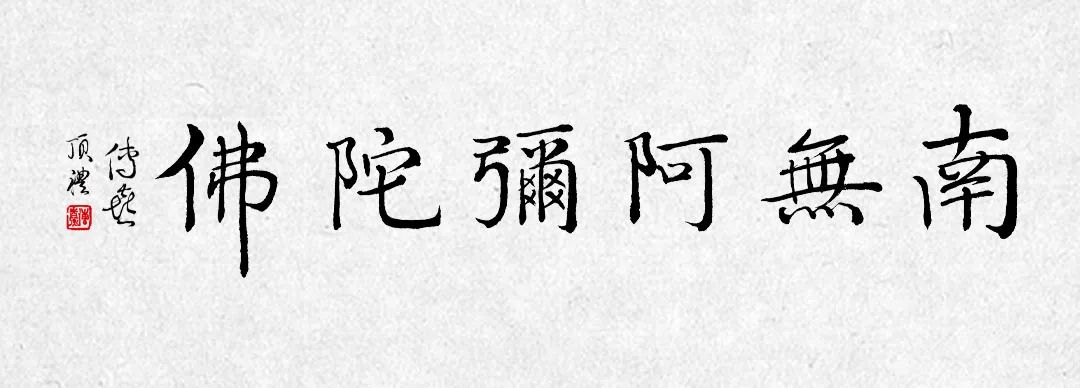

频繁刷手机,我们的心灵很容易被碎片化,不要沉溺其中,学会自我节制,通过学习佛法来有效滋养并净化我们的心灵,一起回归心灵,保持身心灵的健康。
养心slogan



